Some famous photos.

Some photos have become famous because they have marked the history of photography.
This may be due to the history of the photo itself, as in the case of Doisneau's "Baiser de l'hôtel de ville". This image was the subject of resounding lawsuits brought by the people visible in the photo.
More often than not, what makes a photo famous will be a breakthrough, something new in the composition, a new shooting technique or processing, or even an original intellectual approach on the part of the photographer.
There's no need to repeat the analyses and explanations of these images here: the Internet is full of pages already dealing with the subject. But it might be interesting to group some of these photos together to make them easier to find.
In addition, the photos are arranged in chronological order, allowing us to see the evolution of techniques: black and white, colour, silver, digital, etc. and the interests of each period: reportage, glamour, conceptual, etc.
Of course, this list is very incomplete (and will be expanded over time), but it can serve as a good starting point for anyone wishing to understand how photography has evolved since its origins.
Nicéphore Nièpce - "View from the Window at Le Gras" - 1827.
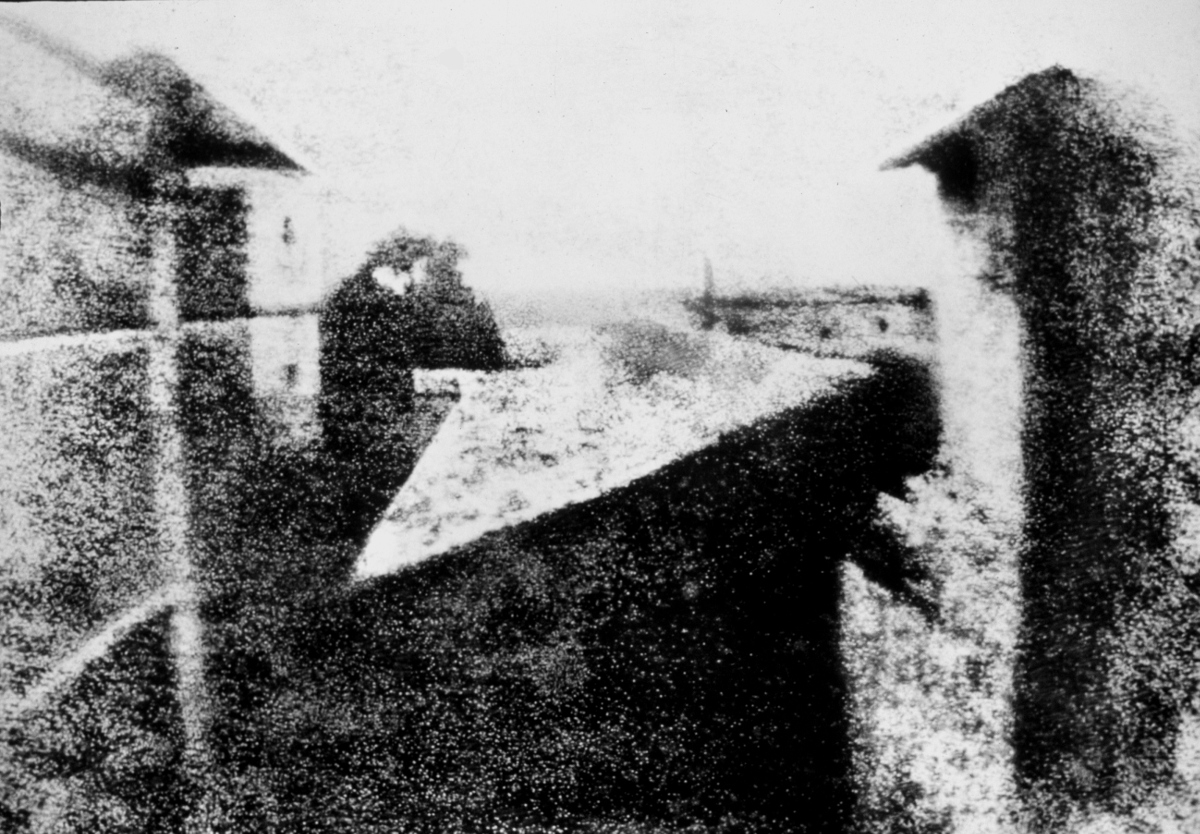
This is the first known photograph. It therefore has historical value. Nicéphore Nièpce used a darkroom and Judean bitumen as a light-sensitive medium. The exposure time must have been at least a day.
A reconstruction of this very first photograph can be seen at the photography museum Nicéphore Nièpce in Chalon-sur-Saône.
Read also :
- The photography museum Nicéphore Nièce in Chalon-sur-Saône (France).
- Nicéphore Nièce's house now a museum, in Saint-Loup-de-Varennes, near Chalon-sur-Saône (France).
Anonyme - Lunch atop a Skyscraper - 1932.
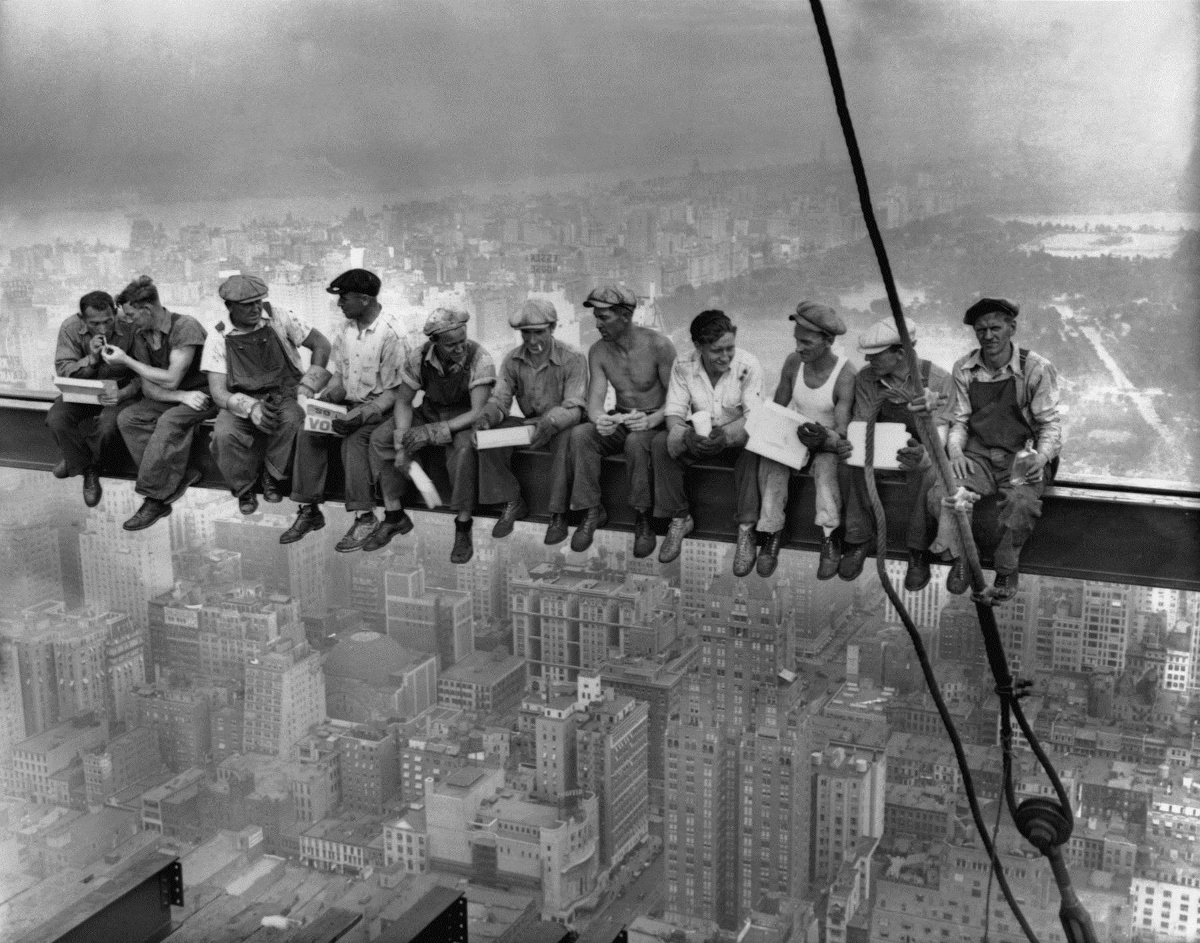
Lunch atop a Skyscraper. Everyone has seen this photo at least once on a poster or in a shop window. Although the image is very well known, its author remains uncertain: Charles Ebbets has been thought to be the author, but this has never been confirmed.
It is a commissioned photo, taken for an advertising campaign. Nevertheless, it is of historical value today, showing the working and safety conditions at the time. Today it would be inconceivable to work at this altitude without a safety harness. Although it's a staged scene, the people in the image are actually in the image are actually workers on the site.

Another photo, taken in the same place and probably on the same day, shows that this was indeed a staged event (click on the photo). It shows workers taking a siesta on the beam. But this second image is less credible.

Image produced by the BBDO Düsseldorf agency for an advertising campaign for the SPUK image bank. Campaign entitled: "See the invisible".
Robert Capa - The Falling Soldier - 1936.
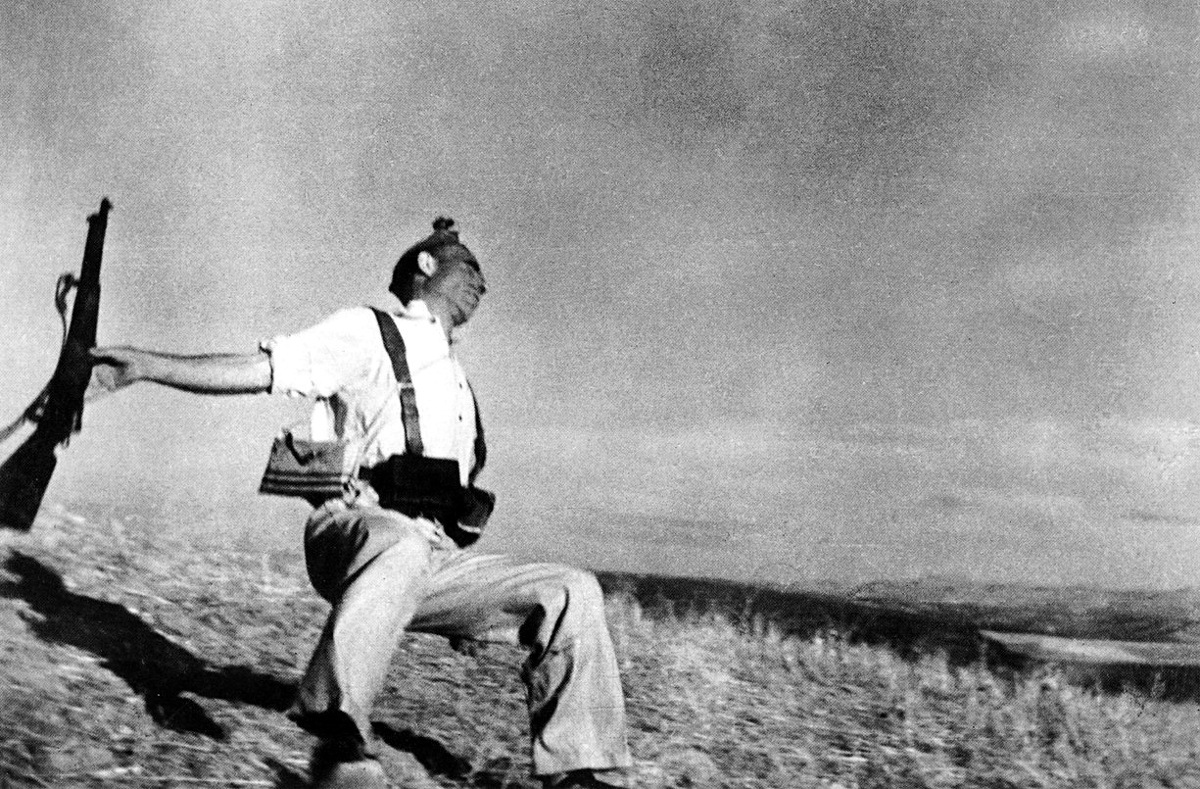
Robert Capa took this photo in 1936, during the Spanish Civil War. It is known as one of the best war reportage photos.
However, its authenticity is disputed: it is claimed to have been staged on a different day and in a different place than what is indicated in the official version.
See also :
Robert Doisneau - The kiss at City Hall - 1950.

This photo is sadly famous because of the legal troubles it caused to its author.
This is a posed photo, or at least replayed at the request of photographer Robert Doisneau. It was made as part of a commissioned job for a magazine.
When the photo became famous, a couple sued, claiming to be the couple in the photo and asking for damages. They were unsuccessful, as they were not in fact the couple in the photo.
A second lawsuit was brought by the woman who actually appeared in the photo. She was also unsuccessful.
You can easily find out all the details about the history of this photo by doing a little research on the Internet. :
Arthur Sasse - Albert Einstein sticking out his tongue - 1951.

Albert Einstein's most famous photo. It shows him sticking his tongue out at the photographer. At the age of 72, annoyed by journalists jostling to take his picture, the famous physicist showed his displeasure by sticking out his tongue. Photographer Arthur Sasse took the picture that has become the most popular portrait of Albert Einstein.
Sam Show - Marilyn Monroe - 1954.

This really famous scene in which Marilyn is standing on an aeration grid when a draught lifts her skirt, is part of the film The Seven Year Itch' (pictured left).
The scene was then replayed in front of several photographers (photo right). Marilyn's photographer and friend, Sam Show, had reserved the best seat in front of the actress.

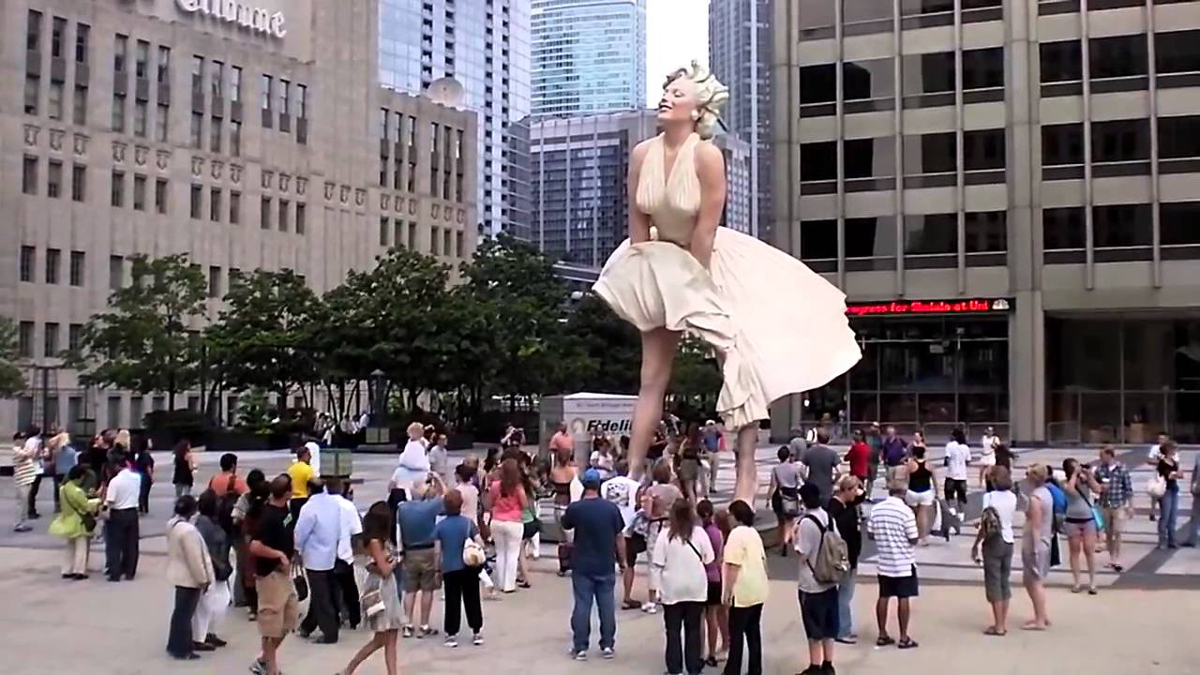
A giant statue of Marilyn Monroe (8 metres high) has been erected in Chicago. The actress is shown in the same pose as in the Sam Show photo.
Alberto Korda - Guerrillero Heroico - 1960.

One of the best-known photos of Cuban revolutionary Che Guevara. It was taken by Cuban photographer Alberto Korda. After being cropped to isolate the revolutionary's face and emphasise his expression, it became the symbol of the revolution, printed on all the posters depicting "Che".

Photo by René Burri
Other photographers, such as René Burri and Elliott Erwitt, have also taken several iconic photos of Che Guevara.

Photo by Elliott Erwitt

Photo by Alberto Korda
Marc Riboud - The Ultimate Confrontation: The Flower and the Bayonet - 1967.

Contrary to popular belief, the photo was not taken on a battlefield but in front of the Pentagon in Washington, during a pacifist demonstration against the war in Vietnam.
This photo has become a symbol of peace and is known the world over.
Read also :
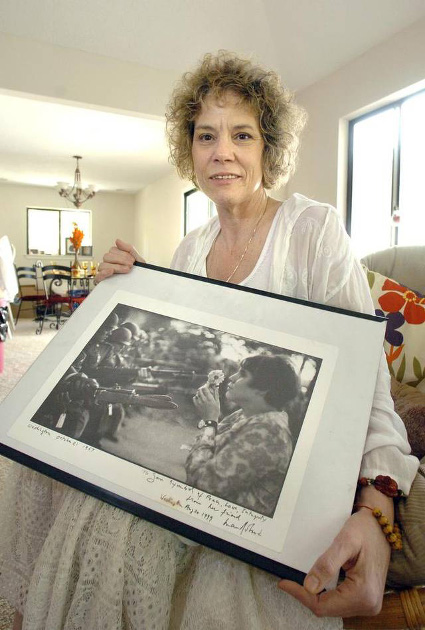
The girl's name was Jan Rose Kasmir. In 2007, 40 years later, she was photographed again holding her famous autographed photo.
John Dominis - 1968 Olympics Black Power salute.
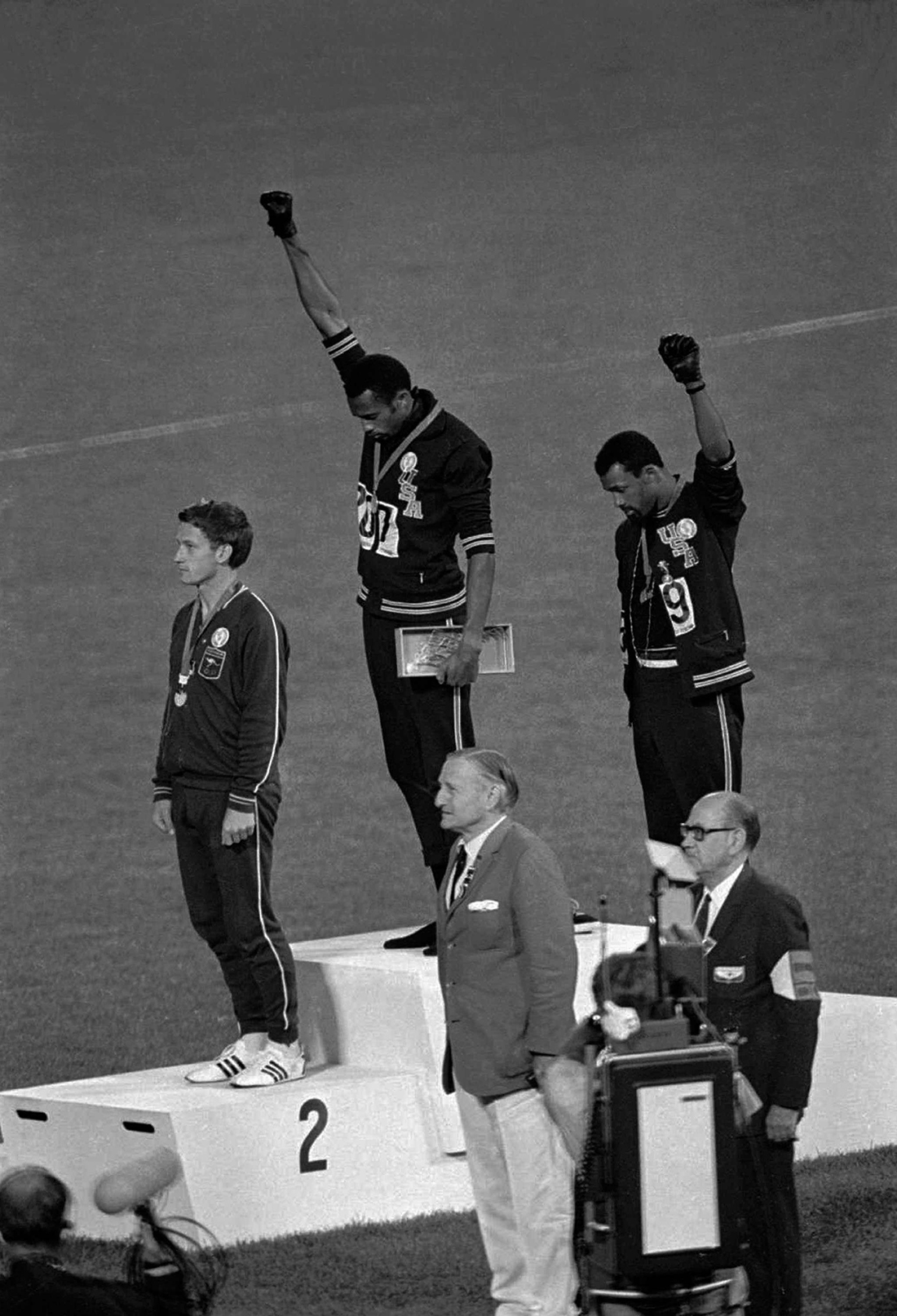
On the victory podium at the 1968 Olympic Games, Tommie Smith (winner) and John Carlos (third) raise a fist to denounce the racism and segregation to which black people are still subjected. Their gaze is lowered to the ground, avoiding looking at the American flag.
This symbolic gesture, photographed by John Dominis and filmed by cameras from all over the world, had a huge impact... but also led to sanctions for the two riders.
Read also :
Iain MacMillan - Cover of the Beatles Abbey Road album - 1969.
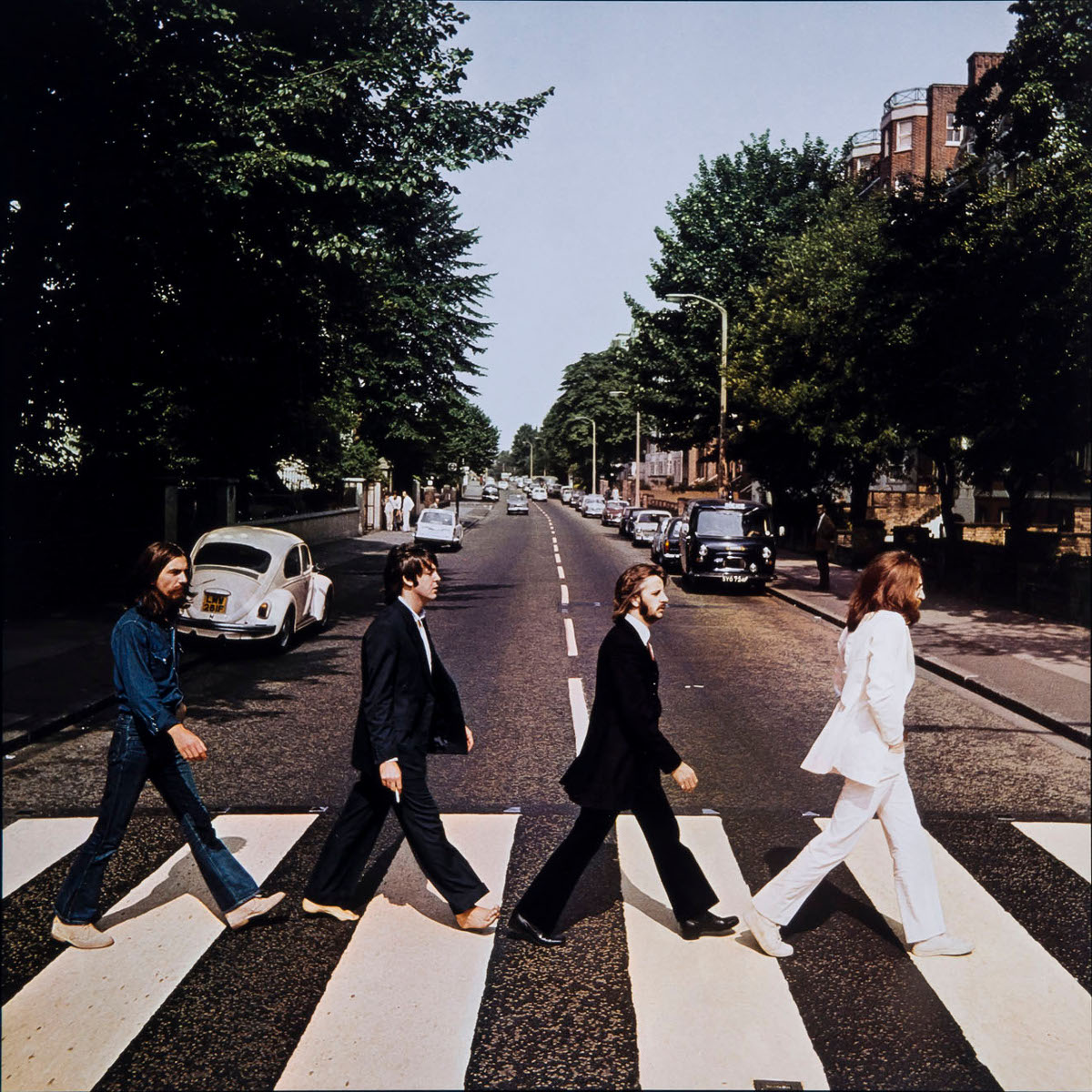
One of the most famous album covers. It shows the 4 members of the band crossing a street at a pedestrian crossing. This is 'Abbey Road', the street where the Beatles' recording studio was located.
The photo has been used many times. It also gave rise to an urban legend claiming that Paul McCartney had died and replaced by a lookalike. According to this rumour, there are clues in the photo to prove this, such as the fact that the singer is barefoot, which is indeed surprising.
Read also :
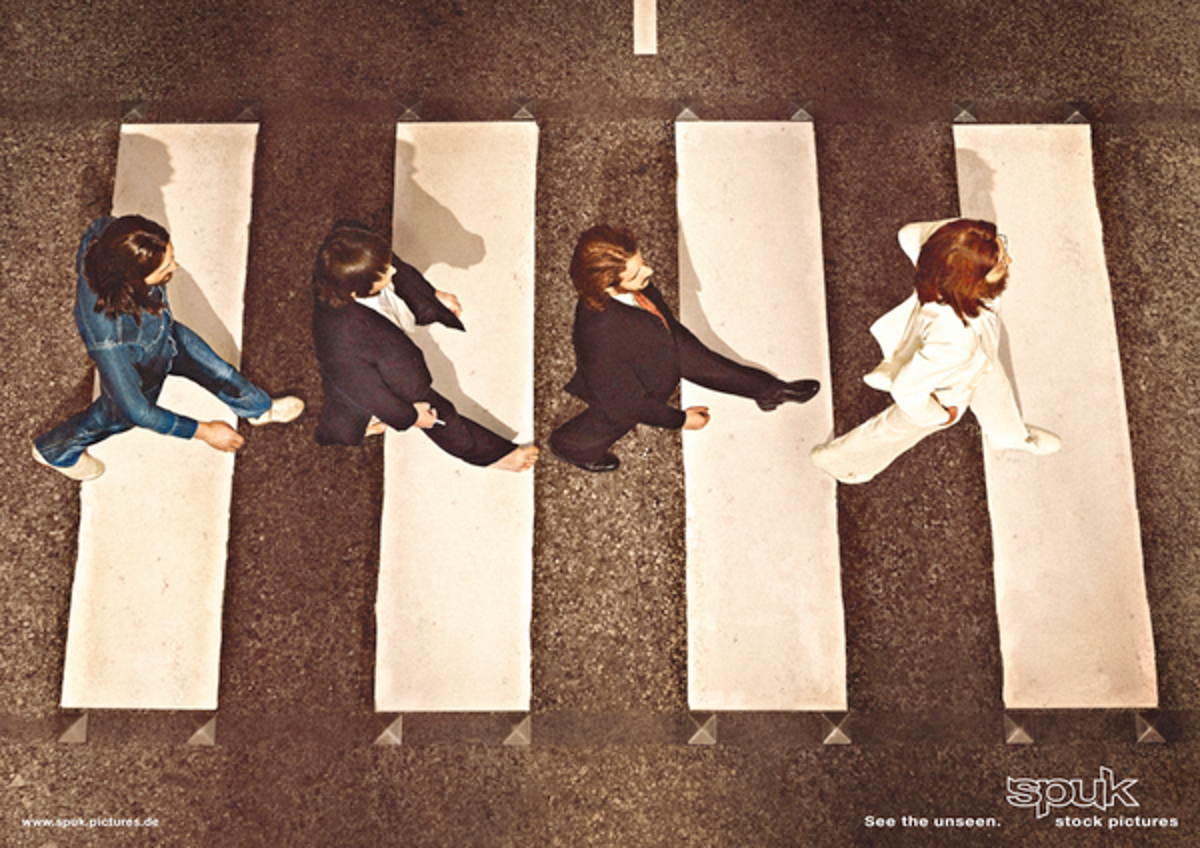
Image produced by the BBDO Düsseldorf agency for an advertising campaign (for the SPUK image bank), a campaign called "See the invisible".
Nasa - Man's first step on the moon - 1969.
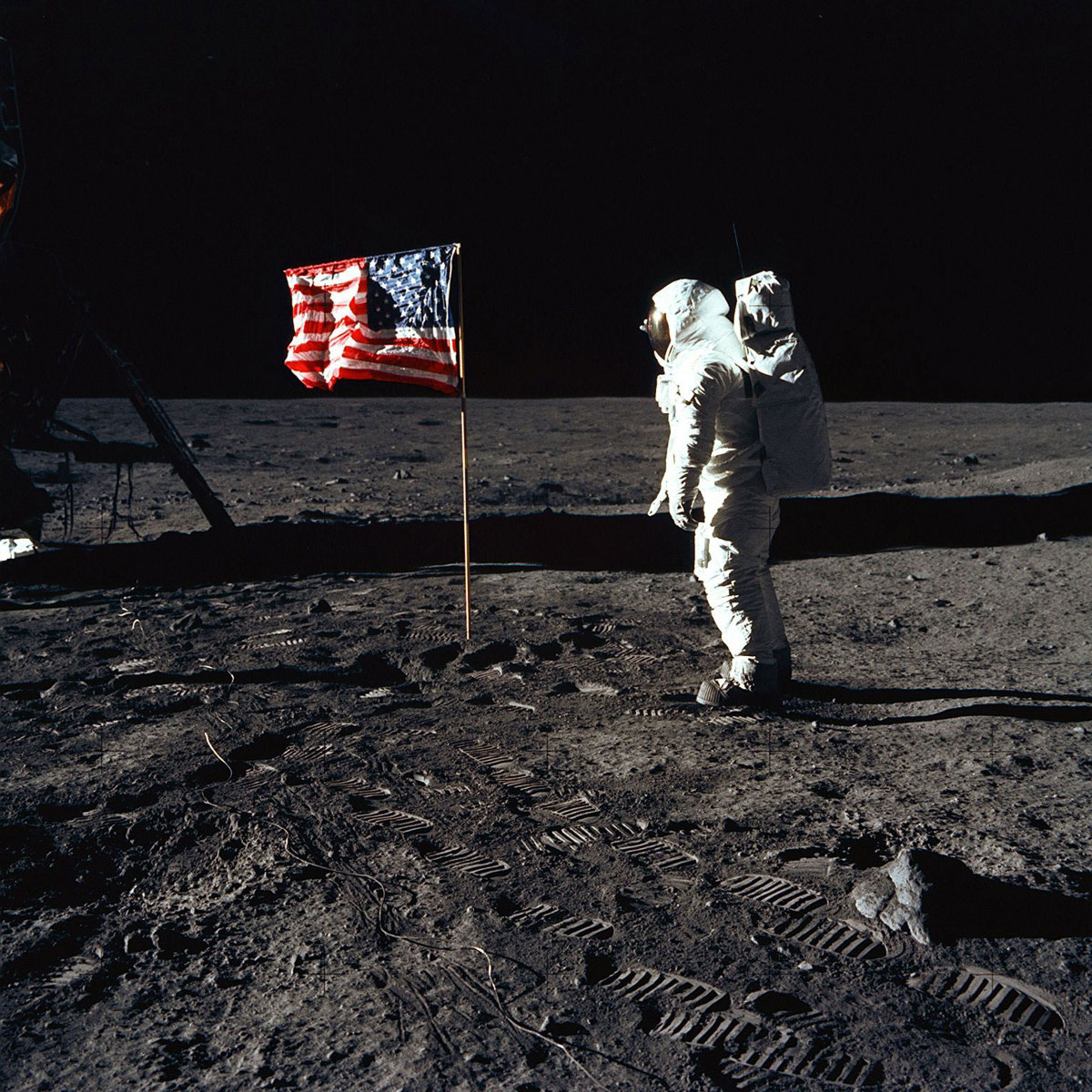
We all remember this exceptional event with Neil Armstrong's famous phrase : "One small step for man; one giant leap for mankind".
A great many photos were taken on this occasion. The most famous is undoubtedly the one shown here: Neil Armstrong near the American flag.
Note that the flag appears to be floating in the wind, which is of course impossible as the moon has no atmosphere. On closer inspection, we can see that a horizontal rod has been added to the top of the flag to make it look more attractive.
Jeff Wall - Picture for women - 1979.
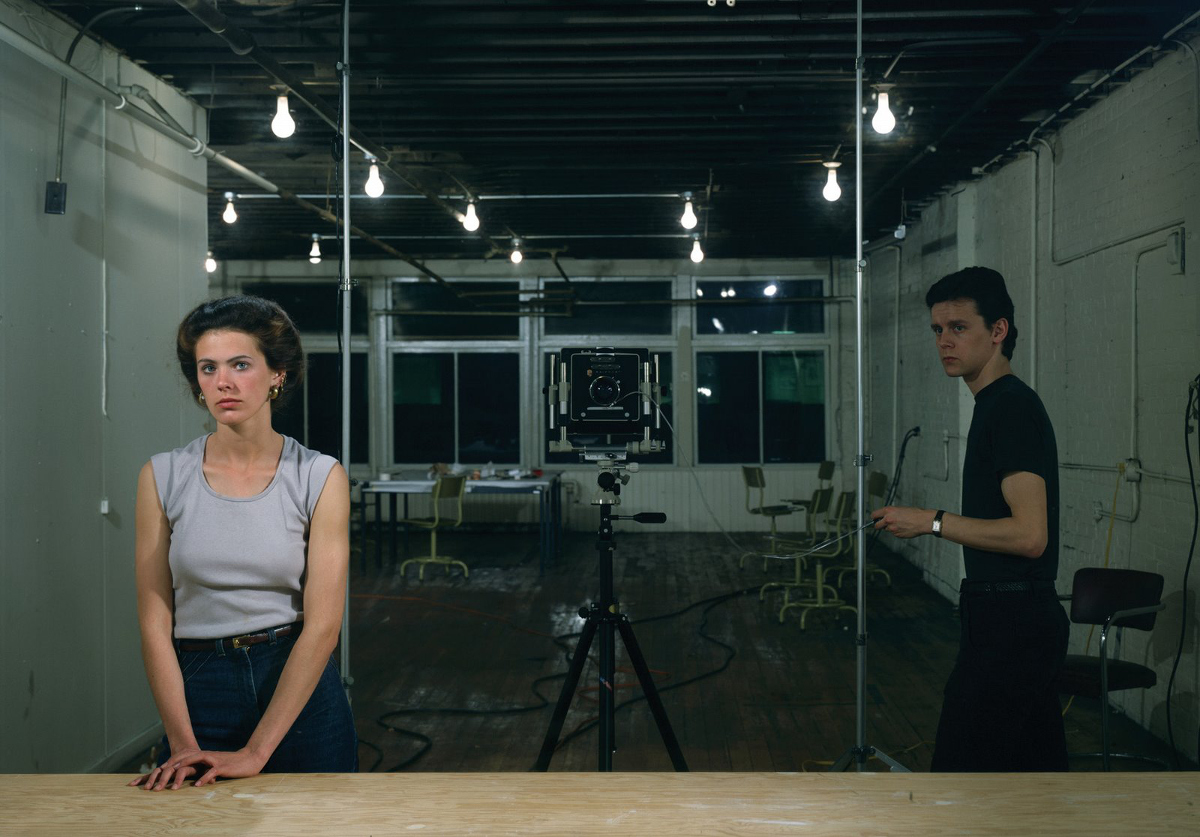
Jeff Wall is a Canadian photographer who became famous in the 1970s.
His photographs are often inspired by themes already explored by painters. For example, the photograph shown opposite (Picture for women) is based on the codes used by Manet in his painting "Un bar aux Folies-Bergère". Similarly, "Destroyed room", one of Jeff Wall's earliest known photos, was inspired by Delacroix's painting "The Death of Sardanapalus".
Picture for women (opposite) shows a woman (the model), the photographer and the camera that photographed them all. It takes a moment to realise that the image is in fact a reflection in a large mirror.
Charlie Cole / Stuart Franklin - Tank man - 1989.

On 4 June 1989, the Chinese People's Army attacked student protesters to liberate Tiananmen Square. The battle was unequal: the soldiers were heavily armed and did not hesitate to shoot unarmed protester. The square was quickly liberated, at the cost of many civilian deaths.
The day after this attack, in the same square, a lone man stood in front of a column of tanks and forced them to stop. At least two photographers immortalised this scene: Stuart Franklin and Charlie Cole. Cole won the 1990 World Press Photo Prize for this image.
The image has become iconic and has been seen around the world, bearing witness to the bloody events that the Chinese authorities are trying to forget.
Chuch O'Rear - Bliss - 1995.
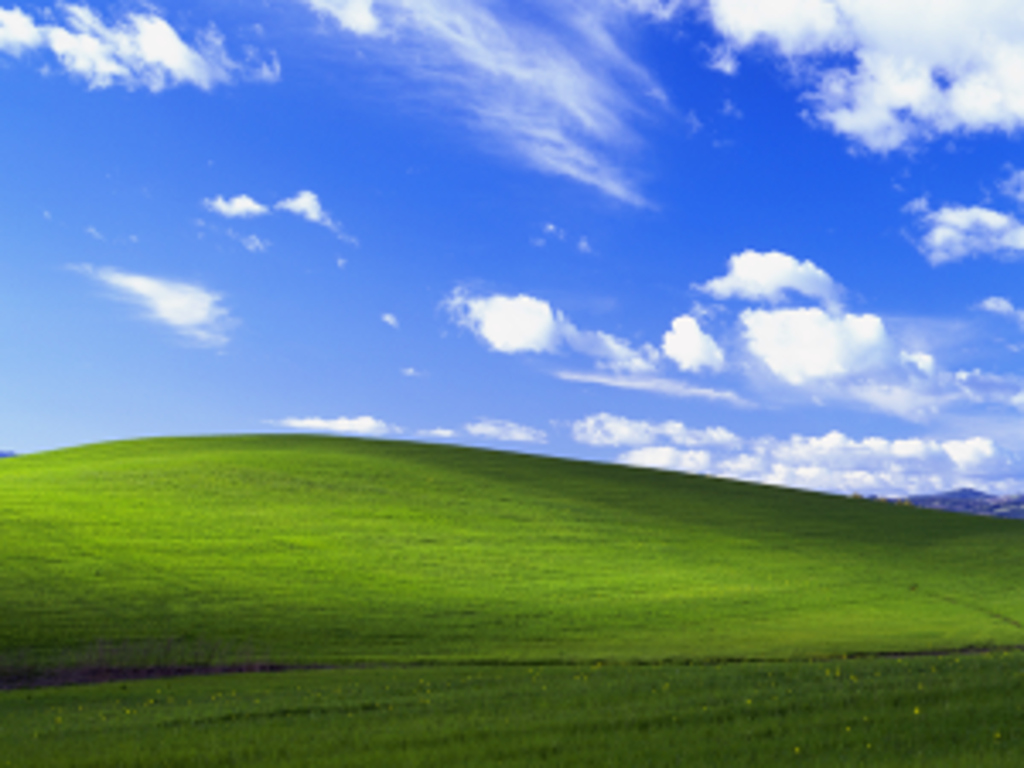
This simple photo is probably the one we've all seen most often, at least those of us who use a Windows computer. Everyone will recognise the Windows XP wallpaper.
Read also :
Andreas Gursky - Rhein II - 1999.
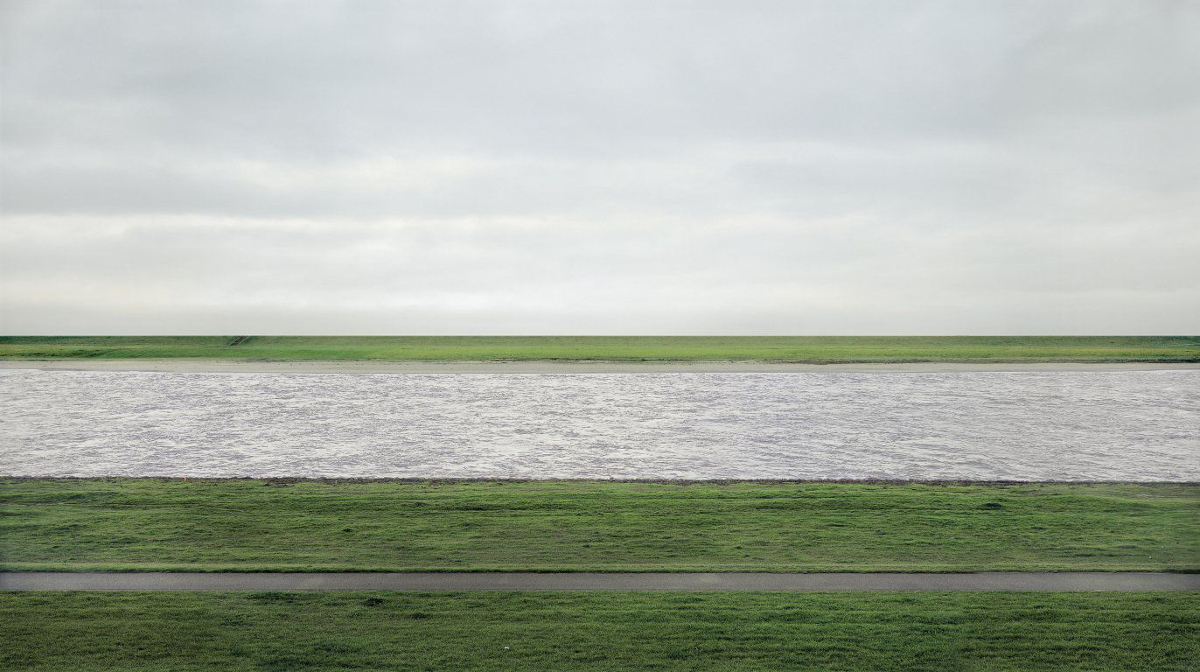
The photo is notorious for its exorbitant selling price. Andreas Gursky's monumental photos are regularly sold for astronomical sums. This one holds the record: it was sold for 4.3 million dollars in 2011.
The photo measures 155.6 cm x 308.6 cm, or over 3 metres wide.
David Slater - Monkey selfie - 2008.
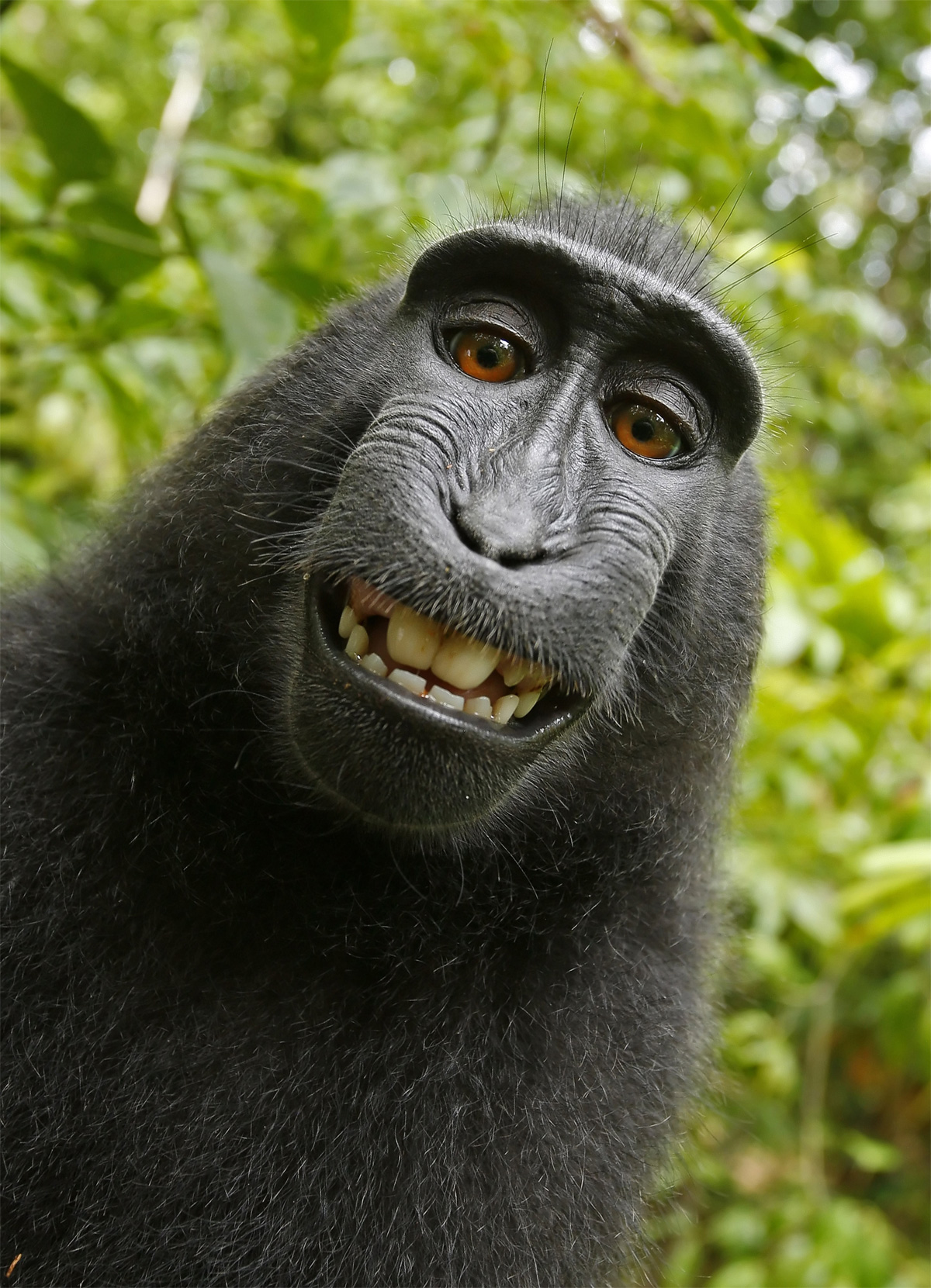
The photo was taken by the monkey himself: he grabbed the photographer's camera and pressed the shutter release, with the lens pointed at him.
Having recovered his camera, photographer David Slater marketed the images. And that's where the problems started: an animal rights association sued on the monkey's behalf to assert its copyright or right to the image.
Read also :
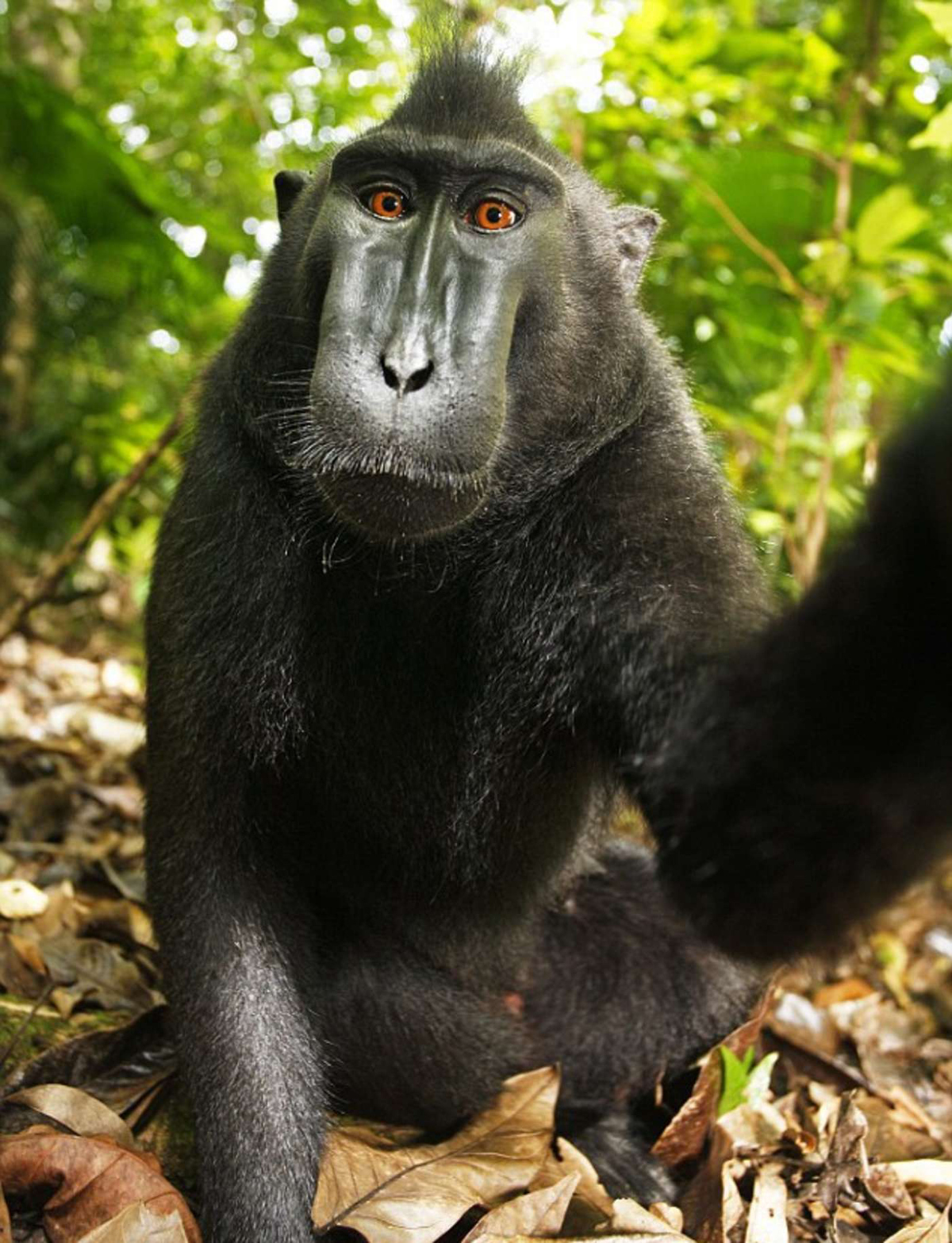
Paul Hansen - Gaza burial - 2012/2013.
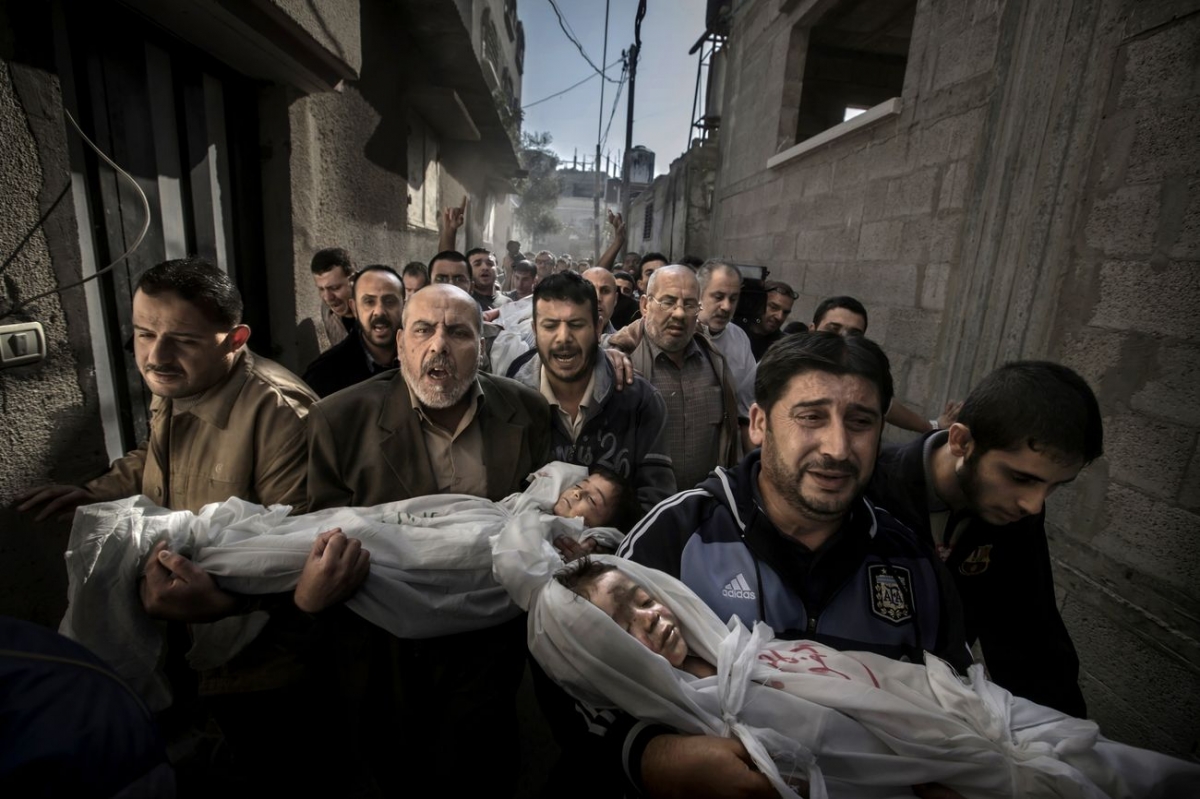
This photo has reignited the debate about retouching in photojournalism: what can you do in post-processing on this kind of image? What is ethical? What is not? Not everyone seems to agree on this.
Swedish photographer Paul Hansen, working for the newspaper Dagens Nyheter, took this photo in Gaza at the funeral of two children.
The photo was awarded the World Press prize in 2013. This is an award for the best photo report of the year. The jury then realised that the photo submitted for the competition had been retouched: the colours had been toned down (desaturated), the blue of the sky in the background has been accentuated, and the faces in the foreground have been lightened. These changes do not alter the meaning of the image, nor its strength; they are simply intended to make the image more aesthetically pleasing. Nevertheless, criticism has been fierce.
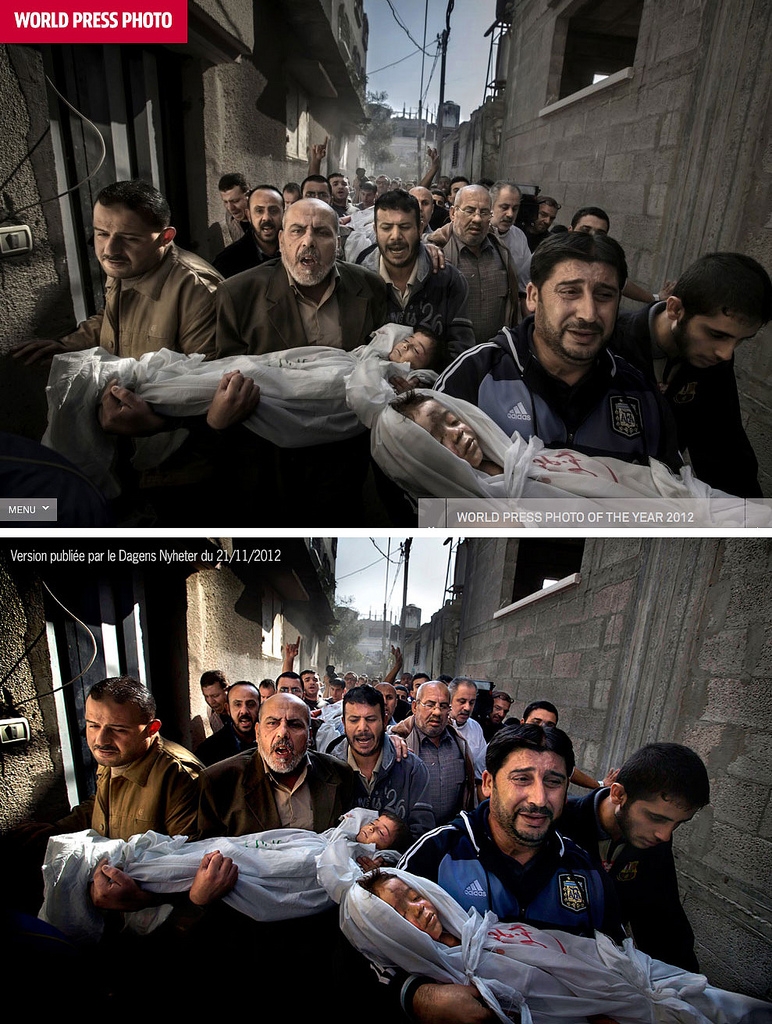
Comparison between the unretouched version, or the version less retouched than the one submitted to the Word Press competition.
Read also :


If you liked this page, share it on your favorite network :